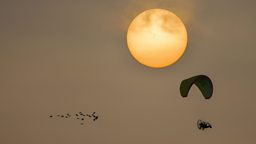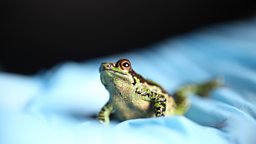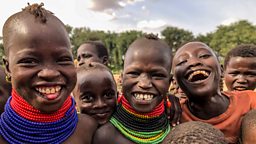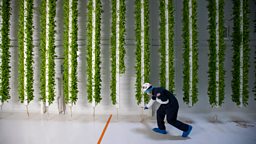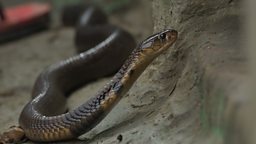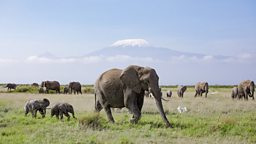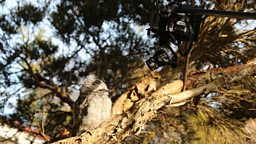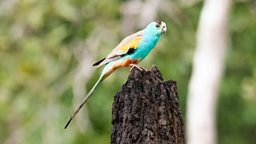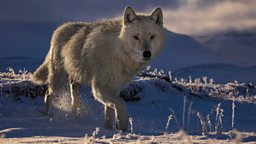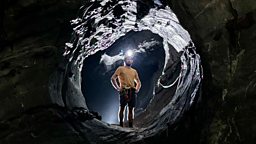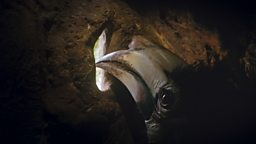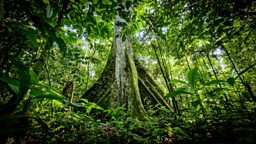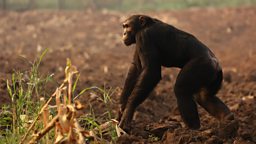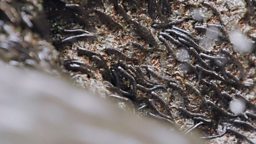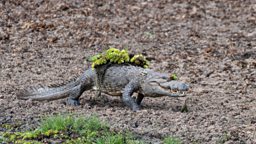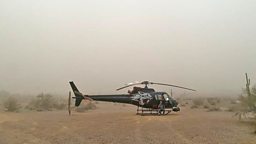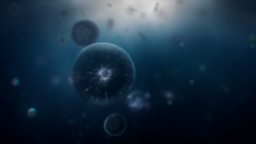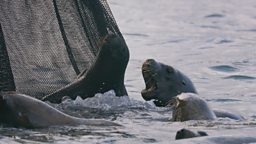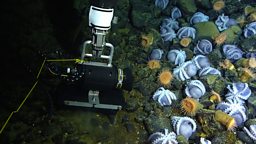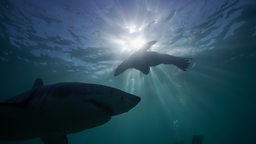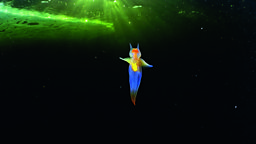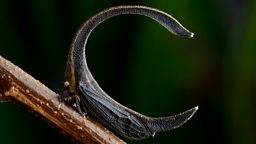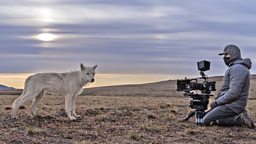A second chance with giants: Learning from humpback whales
By Jackie Hildering & Christie McMillan, Humpback Whale Researchers, Marine Education & Research Society
we didn’t realise just how much time we would spend filming whale poo.
We’ll be honest, we didn’t realise just how much time we would spend filming whale poo.
How on Earth did we get here? How did our work on understanding humpback whales lead to Planet Earth III - the biggest opportunity imaginable to help the world understand the importance of whales (and their poo).
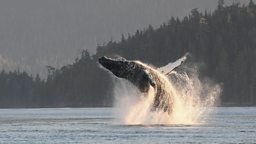
It began with the return of giants. The last whaling station on Canada’s west coast closed in 1967. By that time humpback whales were close to extinction, and for so many years it was a rarity to see them. But slowly, humpbacks started making a comeback.
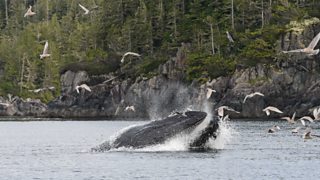
We were there to document their return, photographing individual whales and studying their behaviour near our homes on northern Vancouver Island, Territory of the KwakΜ•wala-speaking Peoples. We wanted what we learned to count, not only for the , but for the ecosystem upon which we humans also depend.
We came to realise that what attracted Βι¶ΉΤΌΕΔ producer Fredi Devas to film with us, was our in-depth knowledge of individual humpback whales. We had also discovered a totally new humpback feeding behaviour which the Βι¶ΉΤΌΕΔ team wanted to film. This had not been seen in humpbacks anywhere else in the world.
For the individuals we study, their usual feeding strategy is to lunge-feed on juvenile herring. With mouths open, the humpbacks rush into concentrated shoals of herring to engulf as many as possible.
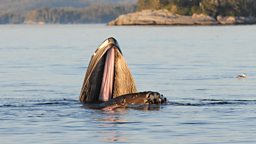
Then in 2011, there was a big surprise. We saw a humpback whale we had nicknamed “Conger” hanging vertically, almost stationary, jaws wide open at the surface. We could see right into the roof of his mouth and his wing-like pectoral fins occasionally pushed toward his jaws. We had known Conger for years but had never seen him behave like this before. What was he doing?
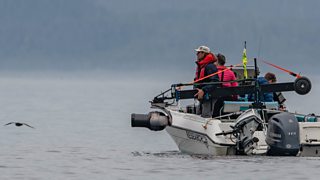
Conger was trap-feeding. That’s what we came to call this new feeding strategy that some humpbacks have learned to apply under very specific conditions - when juvenile herring are spread out in the water, and there are birds diving and pursuing the fish. By positioning near the herring with their mouths wide open, these humpbacks are setting a “trap”. The fish may swim into the mouth of the humpback to escape being eaten by the birds (most often Common Murres and Rhinoceros Auklets). Then, all the humpback needs to do is close their mouth.
This feeding strategy uses less energy than when humpbacks lunge-feed on greater concentrations of juvenile herring, allowing the whales to feed efficiently even when much fewer fish are present.
More than 30 other humpback whales have now learned to trap-feed, and we’ve been documenting how they are learning this from one another. When the Planet Earth III team joined us to document this behaviour, we were able to focus the filming efforts on the individual whales that we knew were frequent trap-feeders.

What was not so straight forward was when the team asked us how to find and film humpback whale poo!

This big focus on whale poo is because it’s one of the most significant ways whales benefit the whole ecosystem. Whales may feed at depth, but they always defecate at the surface. Their poo brings nutrients, like iron, up from the depths, leading to a spike in the growth of phytoplankton (small marine organisms that photosynthesize). The phytoplankton are at the bottom of the food web. They’re eaten by animals that are in turn eaten, leading to more food throughout the ecosystem.
Whale poo is not only having local benefits. It is also having an impact on the entire planet. The increase in phytoplankton resulting from being fertilized by the whales’ waste means that a whole lot more photosynthesis is happening, drawing carbon dioxide out of the atmosphere. This is on such a scale that it’s estimated that every large whale leads to approximately 33 tons of carbon being sequestered. That’s the equivalent of the carbon being absorbed by around 30,000 trees.
So getting footage of whales pooing was to increase understanding of the importance of whales, and the need to protect them.
These whales are still facing human-caused threats including vessel strike; entanglement in fishing gear; noise pollution; and changes in prey and the climate. Seeing as dead whales often sink or strand in remote locations where they are never found, the cause of death is often unknown, and the true impacts of these threats are likely underestimated. This is why knowing who the whales are and documenting the high proportion of them who have scars from entanglement and/or collision, can indicate the need to reduce these threats.
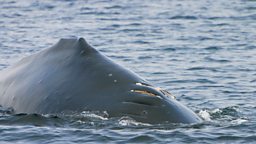
The solutions to these threats include reducing the overlap between whales and fishing gear and boat traffic; reducing the speed at which vessels travel in areas where whales are likely present; and recognising how our .
It’s now incredibly clear the need to protect them
We nearly lost whales forever through hunting, thank goodness we didn’t! It’s now incredibly clear the need to protect them and we hope that they bounce back to their pre-whaling numbers.

Web exclusive: Humpbacks making a comeback
MERS co-founder Jackie Hildering explains the implications of the humpback recovery.

